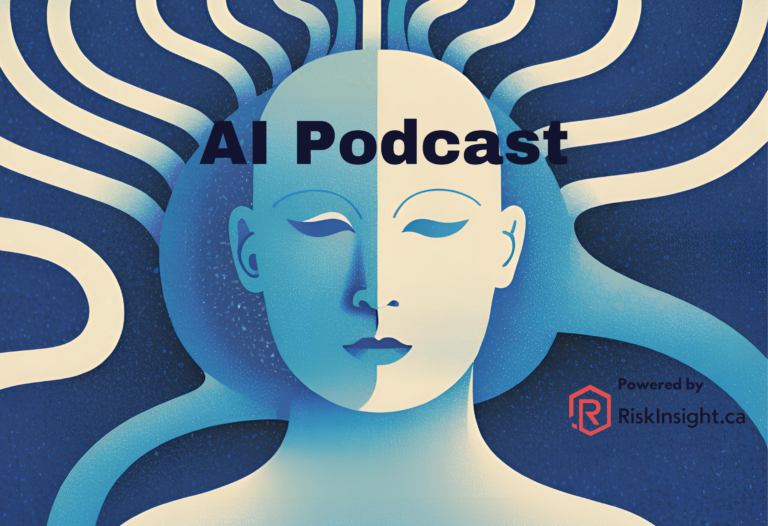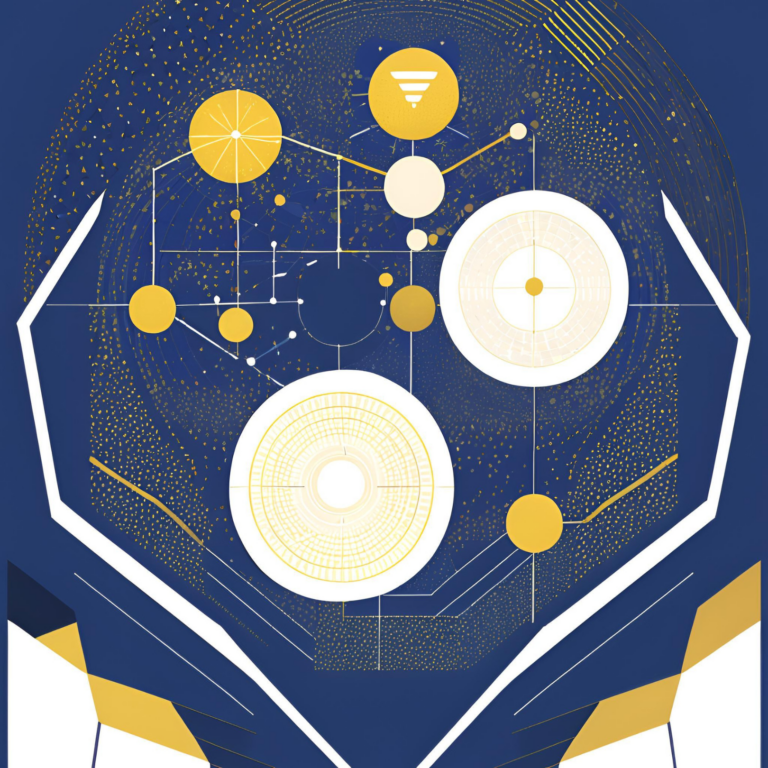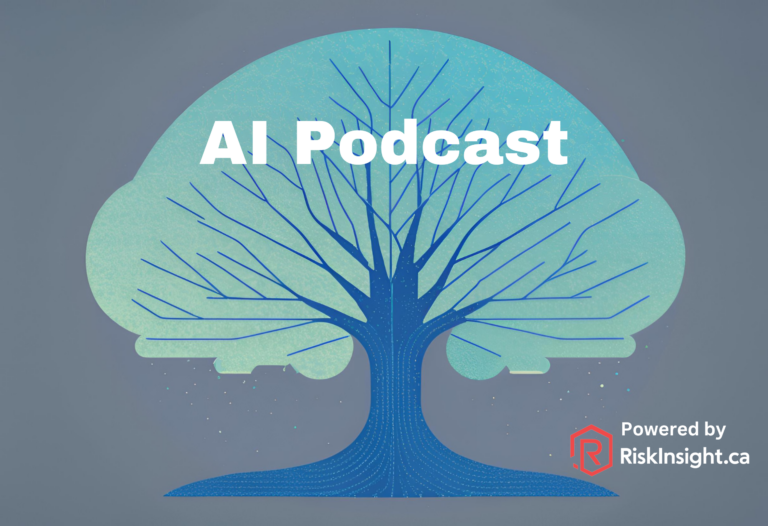
Understanding AI Debates and Perspectives
The conversation around artificial intelligence (AI) often swings between extremes. Some argue that AI will revolutionize medicine, automation, and creativity, while others fear it will lead to job losses, disinformation, and existential risks. However, AI realism offers a more balanced approach, recognizing AI’s capabilities without falling into utopian or dystopian narratives. AI is neither magic nor a passing trend but a rapidly developing technology shaped by economic and social forces.
Generative AI and Transformer Models
At the heart of today’s AI revolution is transformer architecture, introduced in 2017, which powers large language models (LLMs) and various other AI applications. Unlike traditional rule-based algorithms, these models learn patterns from vast datasets and generate text, images, and even videos based on probabilistic predictions. This generative ability allows AI to assist in medical research, creative endeavors, and automation tasks while raising concerns about misinformation, bias, and labor displacement.
The Role of Data in AI Development
AI models require extensive data to function effectively. Over the years, corporations and platforms have monetized user data, shifting from data transfer (early internet) to data analytics (social media surveillance). Today, AI models are trained using massive datasets, often scraped without consent, raising ethical questions regarding data ownership, privacy, and bias. While some advocate for restrictions on training data, others warn that AI will reflect the biases present in its datasets unless carefully regulated.
AI in the Workforce: Automation and Deskilling
The increasing adoption of AI in industries is accelerating automation, raising concerns about job displacement and deskilling. Many white-collar professions are already affected, including software engineering, media, and administrative work. AI-driven robots in logistics, manufacturing, and customer service signal a broader restructuring of labor markets. While new opportunities may emerge, it’s crucial to anticipate and address potential employment challenges through policies, retraining programs, and labor protections.
AI and Ethical Considerations in Warfare and Surveillance
AI is now integrated into military and policing systems, such as automated drone warfare and predictive policing tools. Governments and corporations use AI to track individuals, monitor protests, and identify “threats”, raising critical concerns about civil liberties. The black-box nature of AI models makes accountability difficult, as decisions can be opaque even to their creators. Ethical AI deployment demands transparency, oversight, and regulation to prevent misuse in surveillance, bias-driven policing, and autonomous weapons.
Challenges and Opportunities for the Future
Political, economic, and technical challenges shape AI’s trajectory. While AI accelerates scientific discovery—such as advancements in healthcare—it also strains energy resources, leading to environmental concerns. At the same time, the rapid expansion of AI underscores the need for global governance to ensure that these technologies benefit humanity rather than amplify inequalities. Instead of seeing AI as an unstoppable force, societies must engage in collective decision-making to manage their development responsibly.
A Call for AI Realism and Collective Action
AI is a product of human labor and ingenuity rather than a force beyond control. As AI becomes embedded in daily life, a grounded approach—AI realism—encourages society to grasp its limitations, regulate risks, and harness its potential for the common good. The future of artificial intelligence is not predetermined; economic choices, labor movements, and governance structures shape it. A realistic and informed perspective will allow individuals, policymakers, and industries to navigate AI’s evolution effectively.
Resource
Read more in Toward AI Realism: Opening Notes on Machine Learning and Our Collective Future





